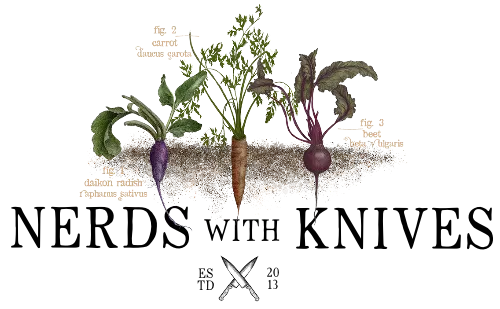
Jump to: Spring | Summer | Autumn | Winter
Knowing what fruits and vegetables are in season isn’t just helpful for chefs. Fresh produce, at the peak of its season, has the best flavor and quality. And because local, plentiful produce has fewer transport costs, it will likely save you money as well.
Seasonal cooking (and menu planning) is a great way to make the most out of what’s growing near you at a specific time of year. And using what’s in peak season is the easiest way to level up your cooking. No matter how great a cook you are, a January tomato is never going to taste as good as one picked at peak ripeness in July or August.
Seasonal produce varies by region, growing conditions and weather. And though this guide focusses on the Northeast United States, it can be useful for other regions as well.
This produce guide will show you what fruits and vegetables are in season right now. Check the links for recipes using those ingredients. (Don’t forget to cross-check our full produce index where we discuss making full use of a local CSA.)
Take a look and get inspired!
Spring

After a long, cold winter, those first tender shoots of asparagus feel like Earth’s proof of life. Within days you’ll begin to see beautiful, verdant ramps and fiddlehead ferns. Then tart rhubarb and sweet strawberries, with their beautiful ruby red color. Spring brings some of the most delicious — and fleeting produce. Gone in the blink of an eye, enjoy them as much as you can while they’re here because they will disappear before you know it. We’ve added berries to the spring section since you may see local produce from long-season or repeat fruiting varieties.


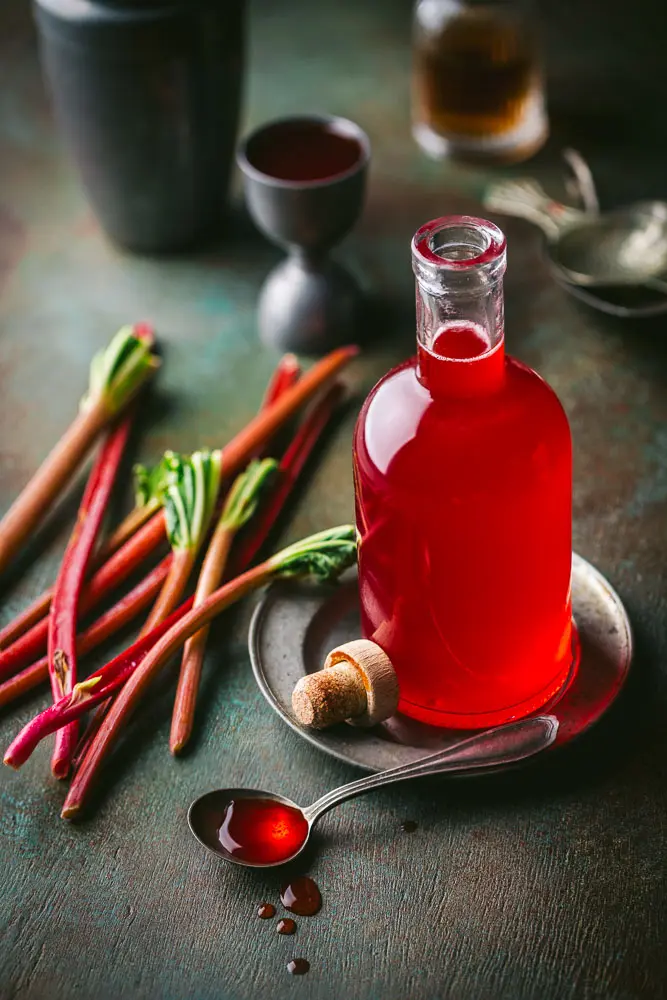
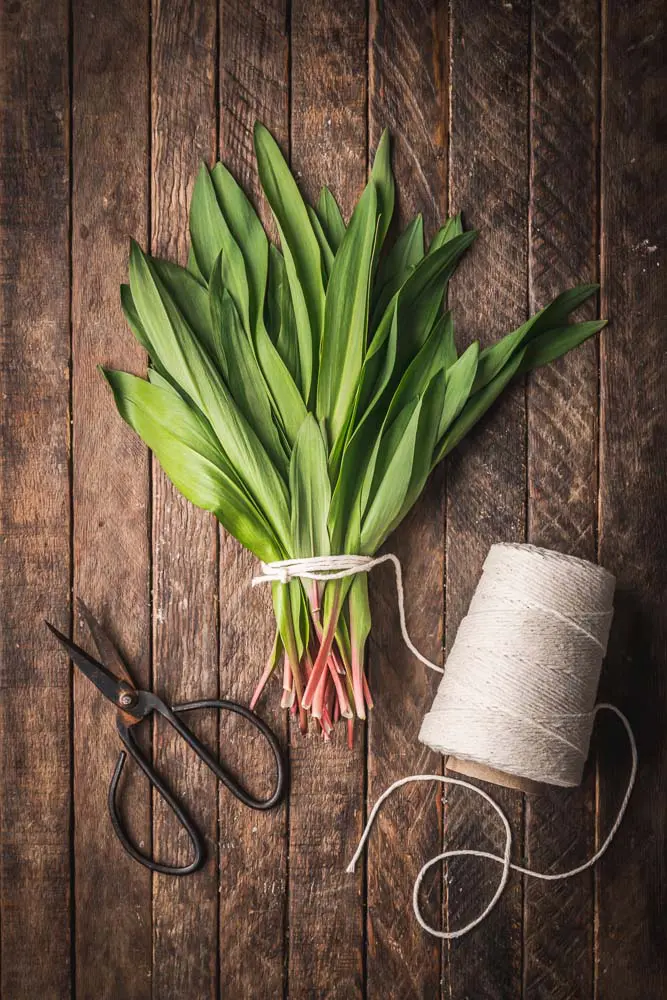

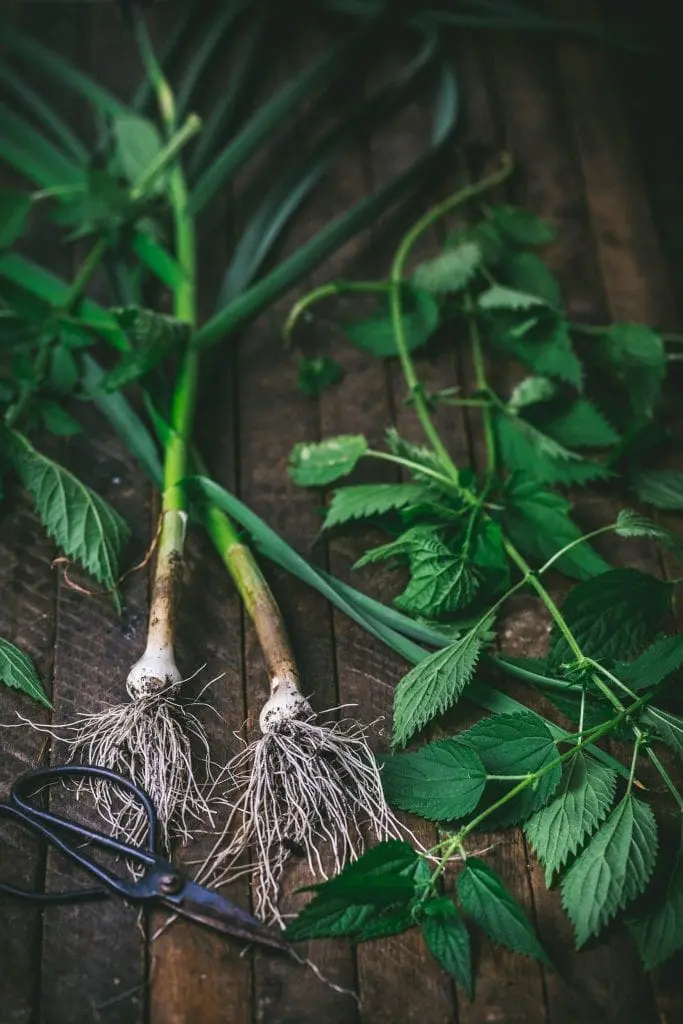
…
- Apricots
- Artichokes
- Asparagus
- Avocados
- Blackberries
- Broccoli
- Cabbage
- Carrots
- Celery
- Collard Greens
- Dandelion Greens*
- Elderflower
- Fava Beans
- Fiddlehead Ferns (early)
- Garlic (Garlic Scapes)
- Grapes (Muscat)
- Herbs (Chives, Mint, Oregano)
- Kale
- Lamb’s Quarters*
- Lettuce
- Lovage*
- Mushrooms (Morels)
- Nettles (early)
- Onions
- Peas & Pea Shoots (early)
- Plantains
- Purslane*
- Radishes
- Ramps (early)
- Red and black currants
- Rhubarb
- Spinach
- Spring onions (Scallions, Chives)
- Strawberries
- Squash Flowers
- Swiss Chard
- Turnips
* For amazing uses for many of the “weeds” and herbaceous plants that spring up voluntarily in your own back yard, we heartily recommend Foraging and Feasting by Dina Falconi and Wendy Hollender.
summer

Summer produce is a marathon, not a sprint. June and early July is all about berries, and some fast growing summer squash. Around mid-July, the corn and eggplant are ready, along with stone fruit, like peaches and nectarines. Late July into August is tomato season, some varieties lasting into late September. The garden (and farmer’s market) is packed with all the most delicious fruits and vegetables, so it’s a good time to think about canning and pickling, to make it last even longer.

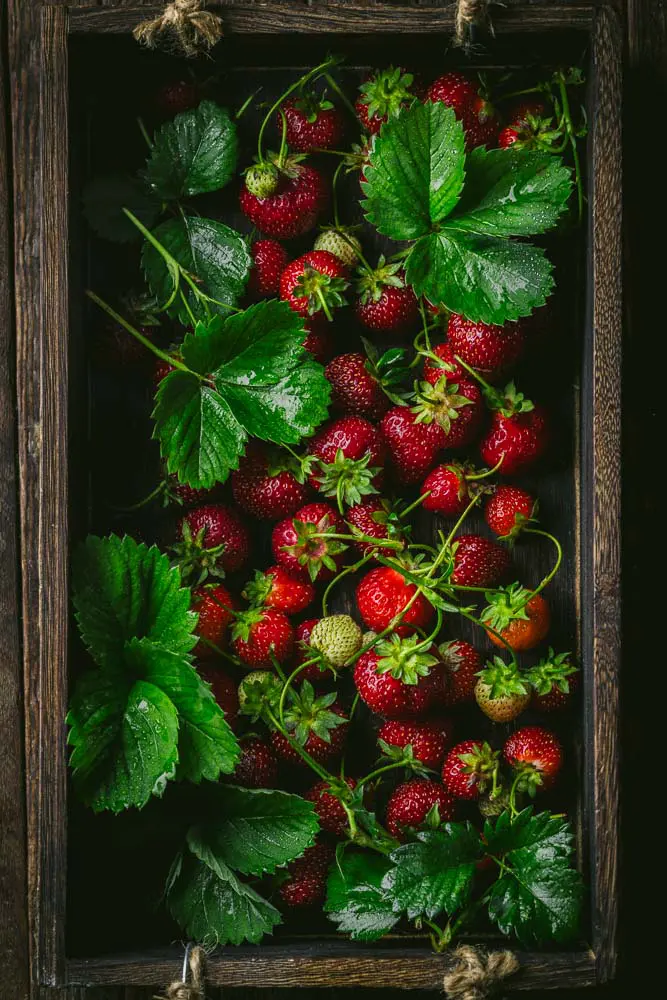
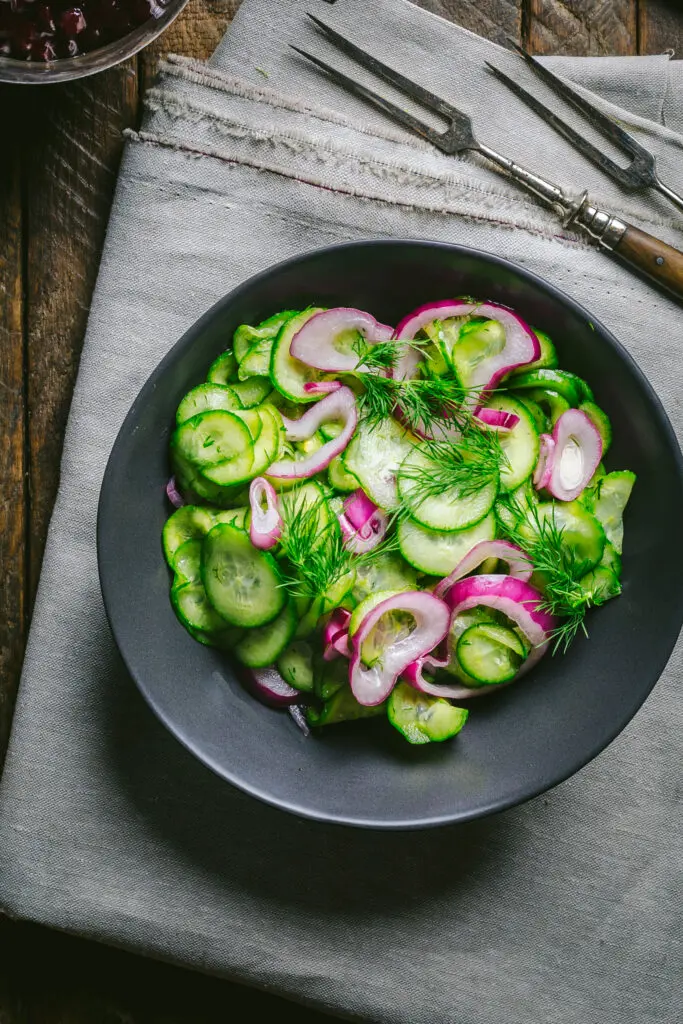


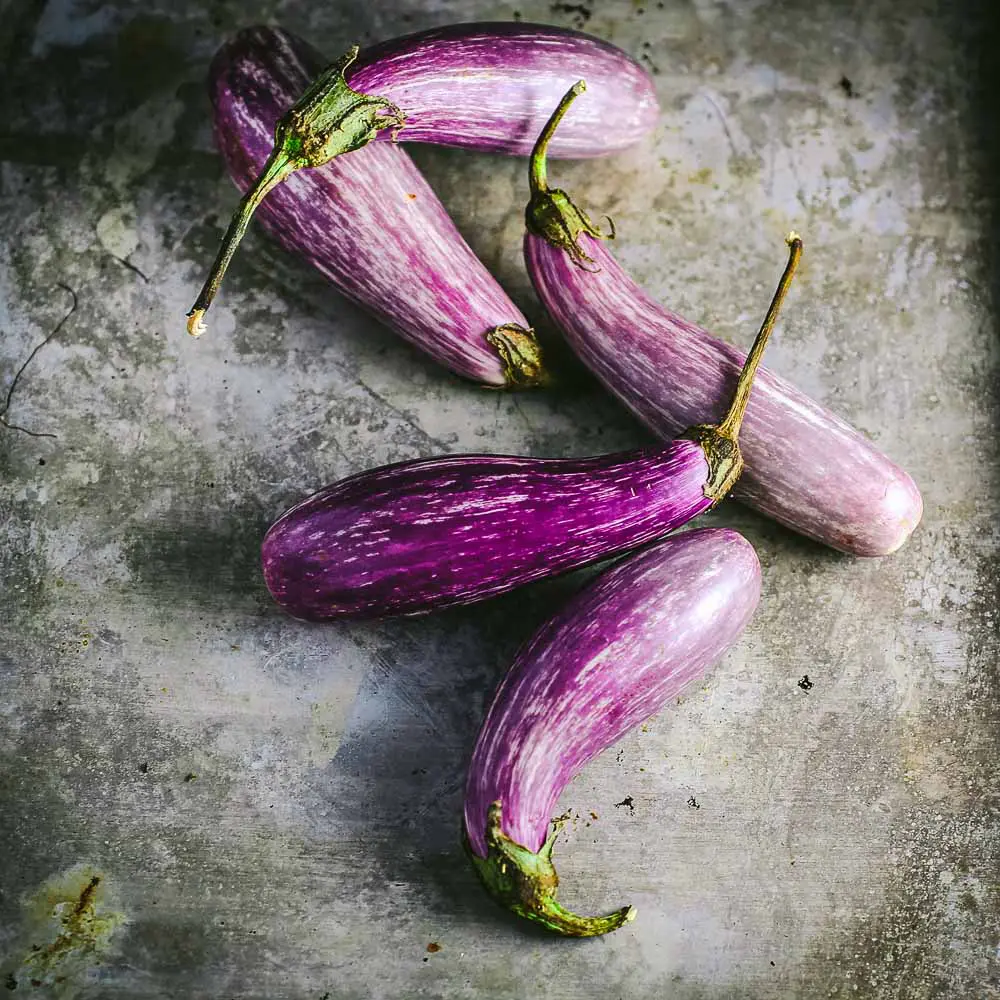
…
- Beets
- Peppers
- Blackberries
- Blueberries
- Carrots
- Celery
- Cherries
- Corn
- Cucumbers
- Eggplant
- Elderberry
- Fennel
- Garlic
- Green Beans
- Herbs (Basil, Thyme, Rosemary, Dill, Mint)
- Kohlrabi
- Lima Beans
- Lychee
- Melons (Cantaloupe, Honeydew, Watermelon)
- Mangos (not local)
- Okra
- Onions
- Pears
- Raspberries
- Strawberries
- Stone Fruit (Peaches, Plums, Cherries, Apricots)
- Summer Squash (Green Zucchini, Yellow Zucchini, Gold Bar)
- Tomatillos
- Tomatoes
FALL

Fall is often thought of as the season for hard-skin squash, Brussels sprouts and cranberries, but early fall is often when you’ll find the best eggplants and even tomatoes. Many cruciferous vegetables become sweeter after a frost, so mid to late Fall is a great season for broccoli rabe, cauliflower, cabbage and kale. Of course apples, pears and quince are iconic Autumn fruits.
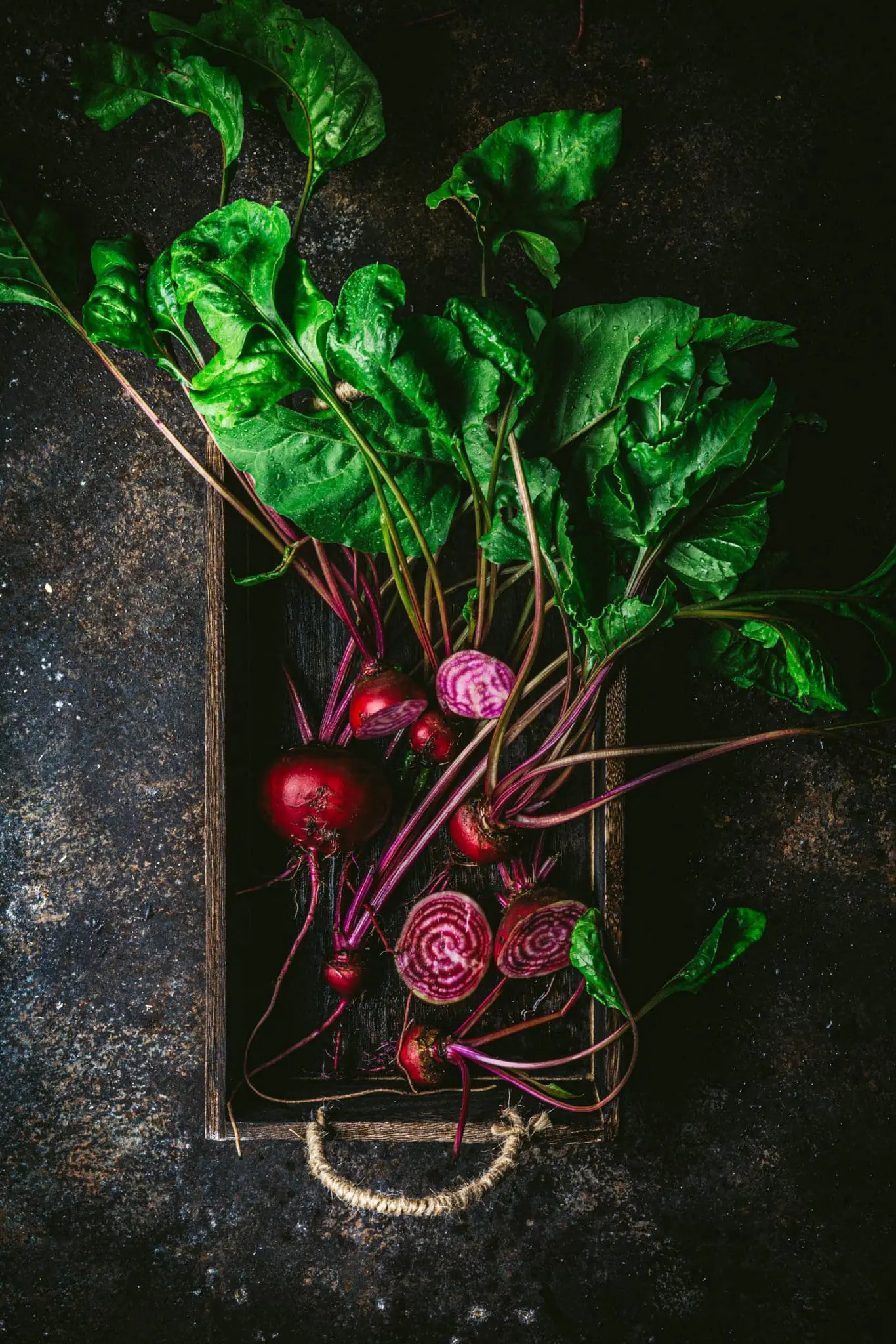
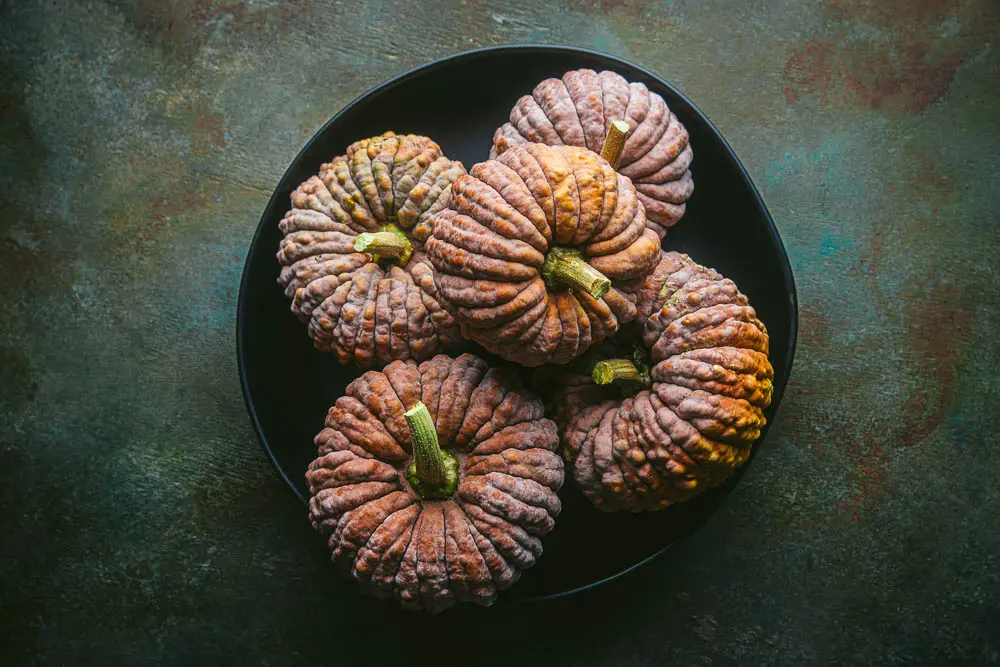
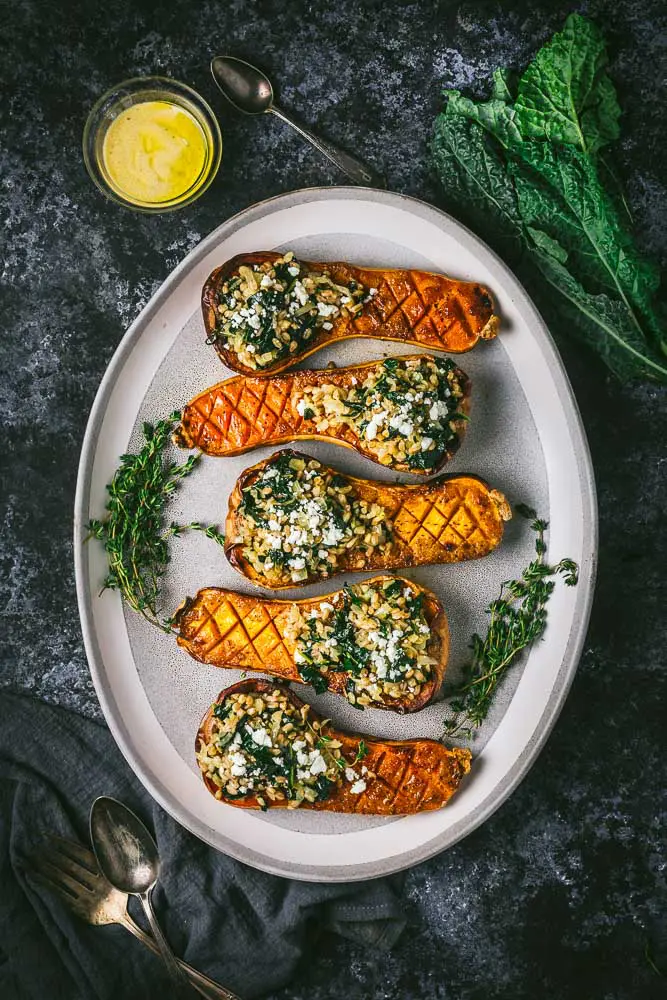
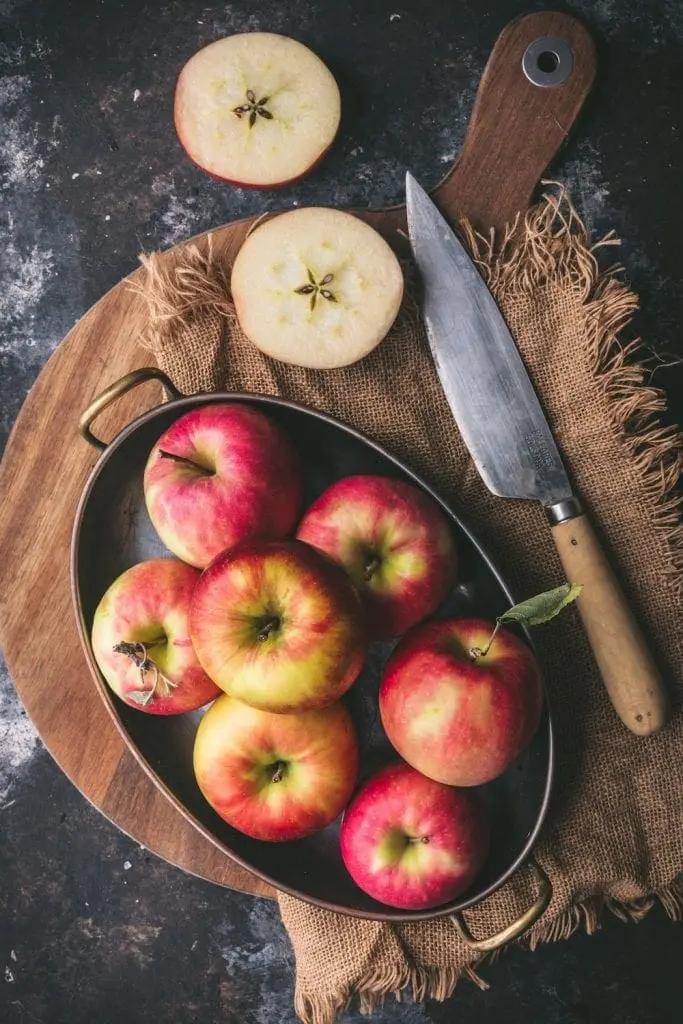
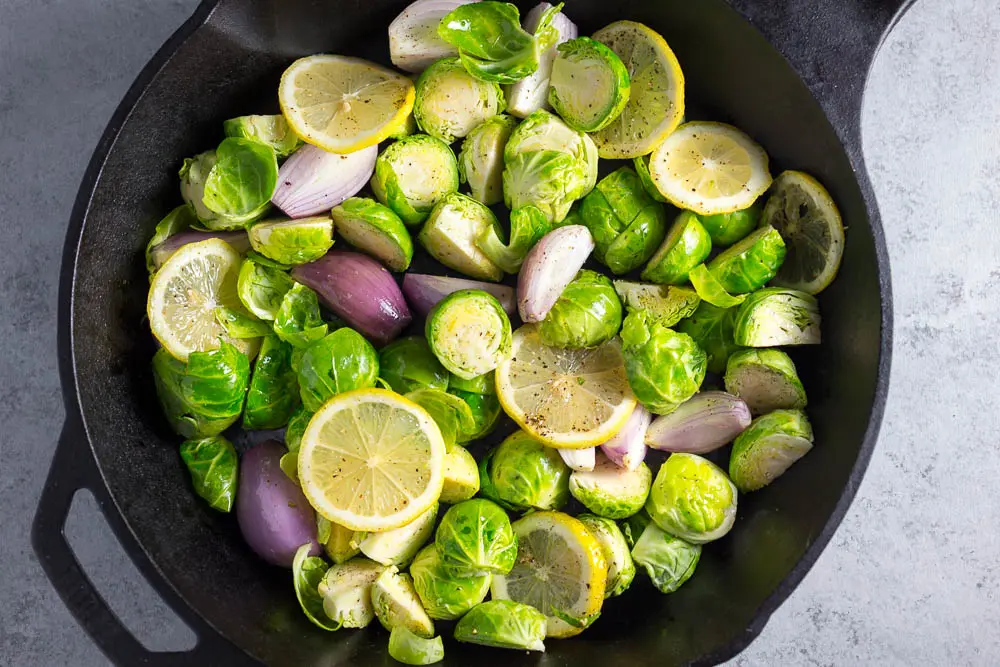

…
- Apples
- Broccoli
- Broccoli Rabe
- Brussels Sprouts
- Cabbage
- Carrots
- Cauliflower
- Celery Root
- Collard Greens
- Cranberries
- Dates
- Eggplant (early)
- Fennel
- Ginger
- Grapes
- Herbs (Rosemary, Thyme, Sage)
- Italian Chestnuts
- Kale
- Lettuce
- Leek
WINTER

Not going to lie, late winter in New York can feel pretty grim, produce-wise, but many vegetables can stand the frost and even get sweeter in winter. Cruciferous vegetables benefit from cold, dry air and some root vegetables, like leeks and turnips, are very frost tolerant. Hopefully you’ve canned and pickled some peak summer produce that you can enjoy all winter long. Of course, there’s always oranges, lemons and limes from the citrus-growing states to keep us healthy up until Spring.
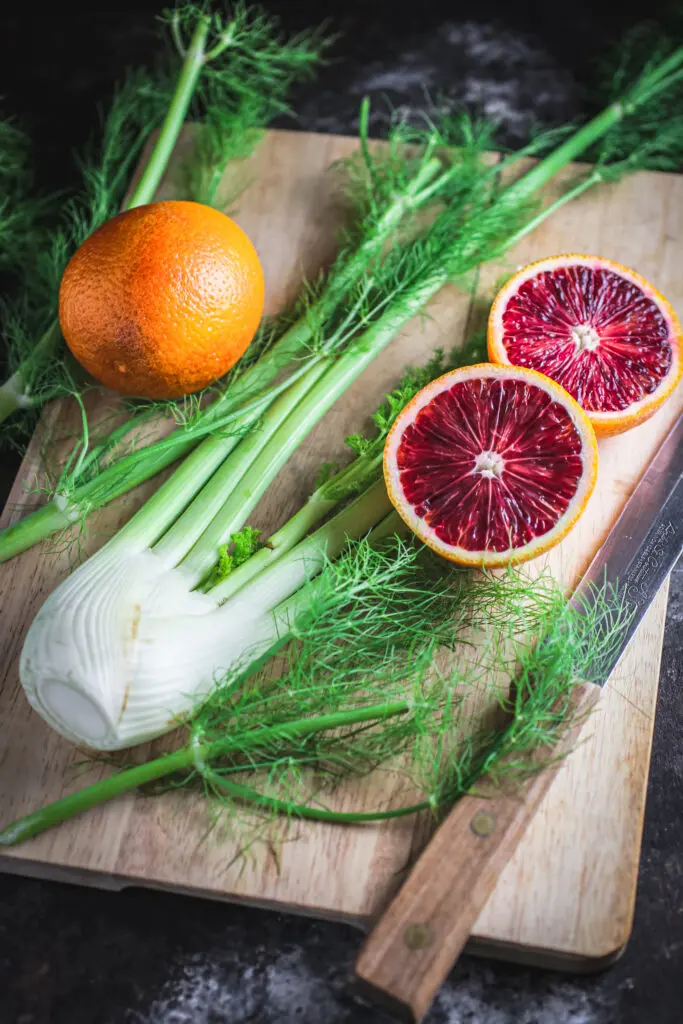
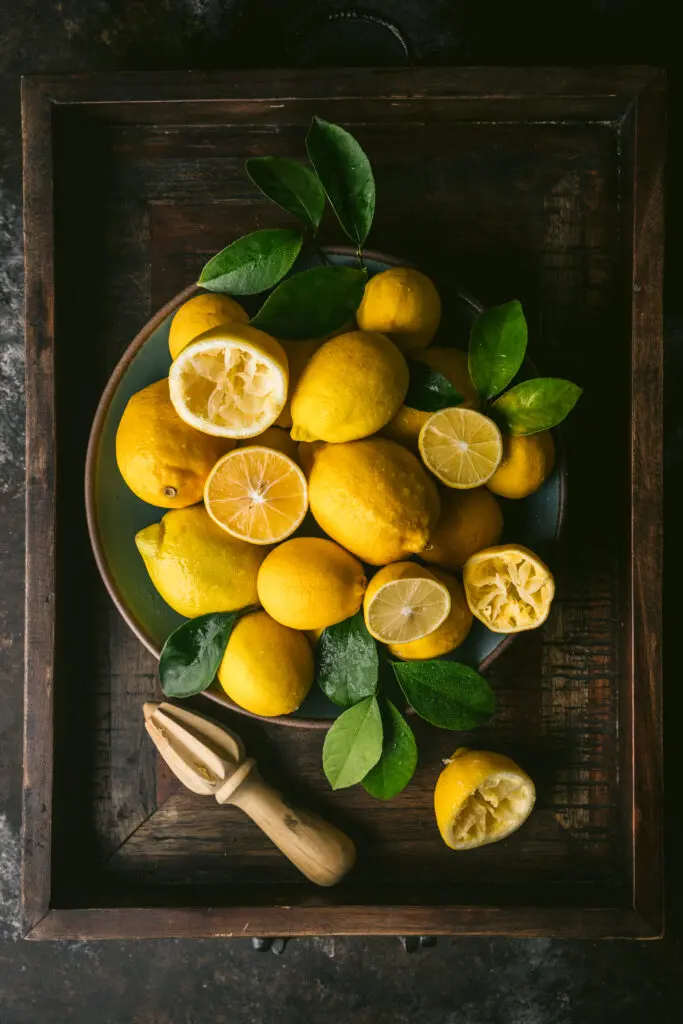

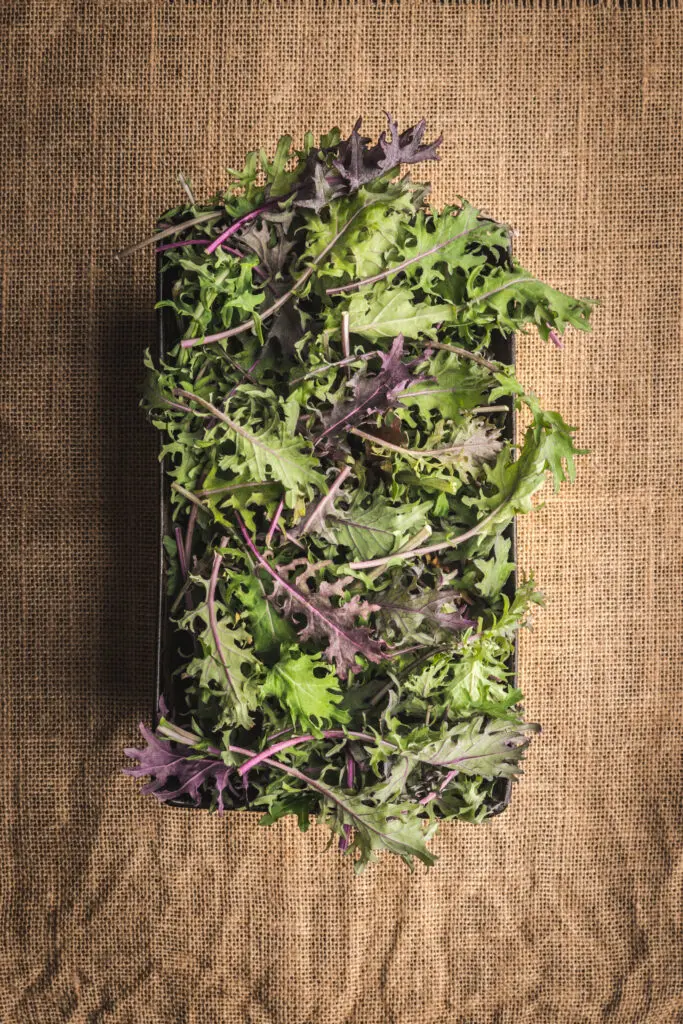
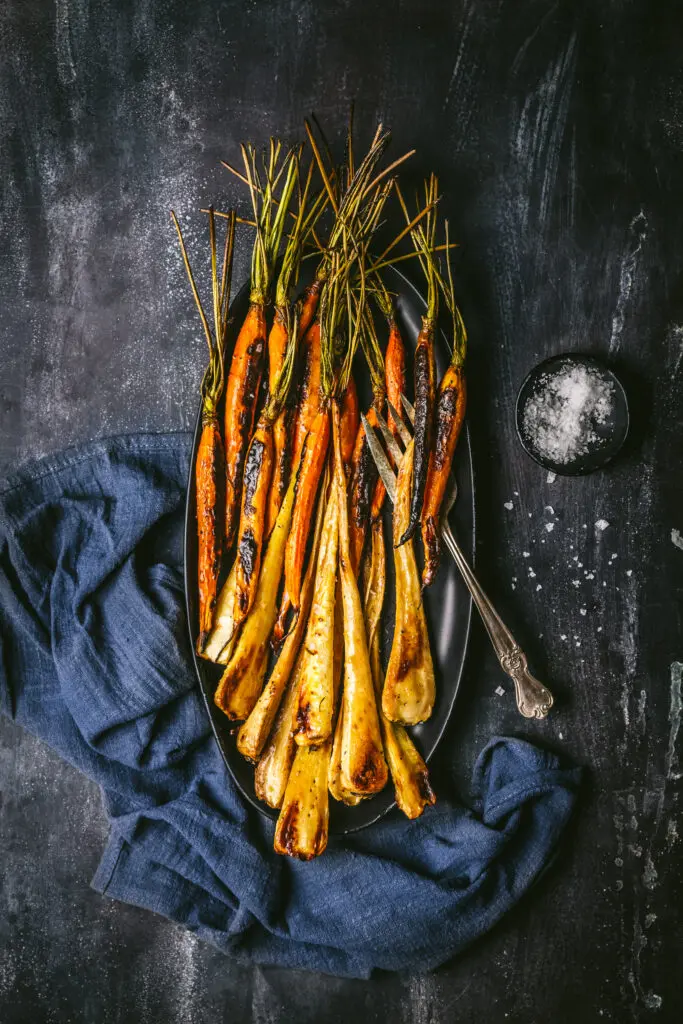
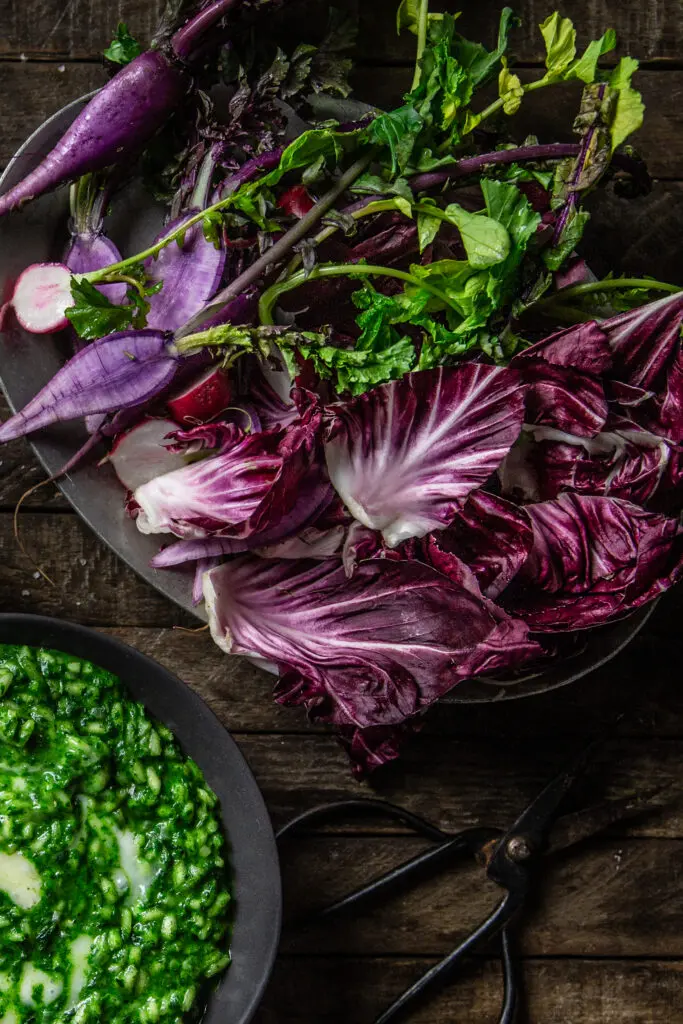
…
